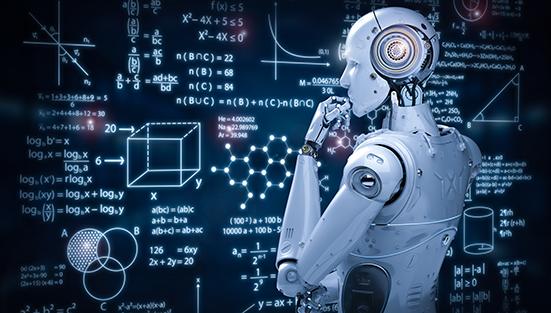AI Robotics: The Intersection of AI and Robotics
The rapid advancement in technology has paved the way for a revolutionary combination of two cutting-edge fields: Artificial Intelligence (AI) and Robotics. Together, they create AI robotics, a domain that is transforming various industries by enhancing automation, efficiency, and innovation. This article will explore the intersection of AI and robotics, their benefits, practical applications, notable case studies, and future prospects.
Understanding AI and Robotics
What is Artificial Intelligence?
Artificial Intelligence refers to the simulation of human intelligence processes by machines, particularly computer systems. AI encompasses a variety of subfields, including:
- Machine Learning (ML)
- Natural Language Processing (NLP)
- Computer Vision
- Robotic Process Automation (RPA)
What is Robotics?
Robotics involves designing, constructing, operating, and using robots. These machines can be programmed to perform tasks autonomously or alongside humans. Key types of robots include:
- Industrial Robots
- Service Robots
- Humanoid Robots
- Exploration Robots
The Intersection of AI and Robotics
When AI meets robotics, the results are groundbreaking. AI-powered robots can learn from their environments, adapt to new situations, and perform complex tasks autonomously. This synergy allows robots to become more intelligent and purposeful, bridging the gap between machines and human-like performance.
Benefits of AI Robotics
- Increased Efficiency: Autonomous robots powered by AI can perform repetitive tasks faster than humans, minimizing downtime.
- Enhanced Precision: AI algorithms allow robots to perform complex surgeries and manufacturing processes with unparalleled accuracy.
- Improved Safety: Robots can operate in hazardous environments, reducing risks for human workers.
- Continuous Learning: Machine learning allows robots to adapt and improve through experience.
Practical Applications of AI Robotics
AI Robotics is making significant strides across various sectors. Here are some notable applications:
1. Manufacturing
In manufacturing, AI robots are used for assembly, quality control, and logistics. They streamline production lines and reduce costs.
2. Healthcare
AI-powered surgical robots are transforming surgery by offering precision and minimally invasive techniques. AI can also assist in patient monitoring and diagnosis.
3. Agriculture
Robots equipped with AI technology can analyze soil, plant crops, and monitor field conditions, optimizing agricultural yields.
4. Autonomous Vehicles
AI robotics is at the heart of self-driving technology. Advanced sensors and algorithms allow vehicles to navigate streets independently.
Case Studies: AI Robotics Successes
| Industry | Application | Outcome |
|---|---|---|
| Manufacturing | Assembly Line Robots | Increased production speed by 30% |
| Healthcare | Da Vinci Surgical System | Reduced recovery time for patients |
| Agriculture | Automated Harvesters | Improved harvest efficiency by 40% |
| Logistics | Warehouse Automation | Enhanced delivery efficiency by 50% |
Challenges in AI Robotics
While the potential of AI robotics is immense, several challenges remain:
- Ethical Concerns: The deployment of robots raises questions about job displacement and decision-making ethics.
- Technical Limitations: Developing robots that can mimic complex human behaviors accurately is a significant hurdle.
- Cost of Implementation: High initial costs can be a barrier for businesses looking to adopt AI robotics.
- Safety and Security: Ensuring that AI robots operate safely and are secure from cyber threats is critical.
Practical Tips for Businesses Considering AI Robotics
- Assess Needs: Determine the specific tasks that can benefit from automation.
- Start Small: Begin with small-scale projects to test functionalities and refine processes.
- Invest in Training: Ensure that employees are trained to work alongside robots effectively.
- Monitor and Optimize: Regularly assess the performance of AI robots and optimize workflows.
Future Prospects of AI Robotics
The future of AI robotics is bright, with ongoing advancements expected to reshape industries further. Innovations in AI algorithms, hardware improvements, and increasing public acceptance are paving the way for more intelligent and versatile robots. As these technologies continue to evolve, we can anticipate a future where AI robots play a more central role in our lives, transforming the way we work and interact with machines.
Conclusion
The intersection of AI and robotics is not just a technological trend; it’s a profound transformation that has the potential to change industries and everyday life. By embracing AI robotics, businesses can achieve greater efficiency, precision, and safety. However, it is crucial to navigate the associated challenges carefully, ensuring ethical and safe implementation. As we look ahead, AI robotics promises a future filled with innovation, collaboration, and endless possibilities.

